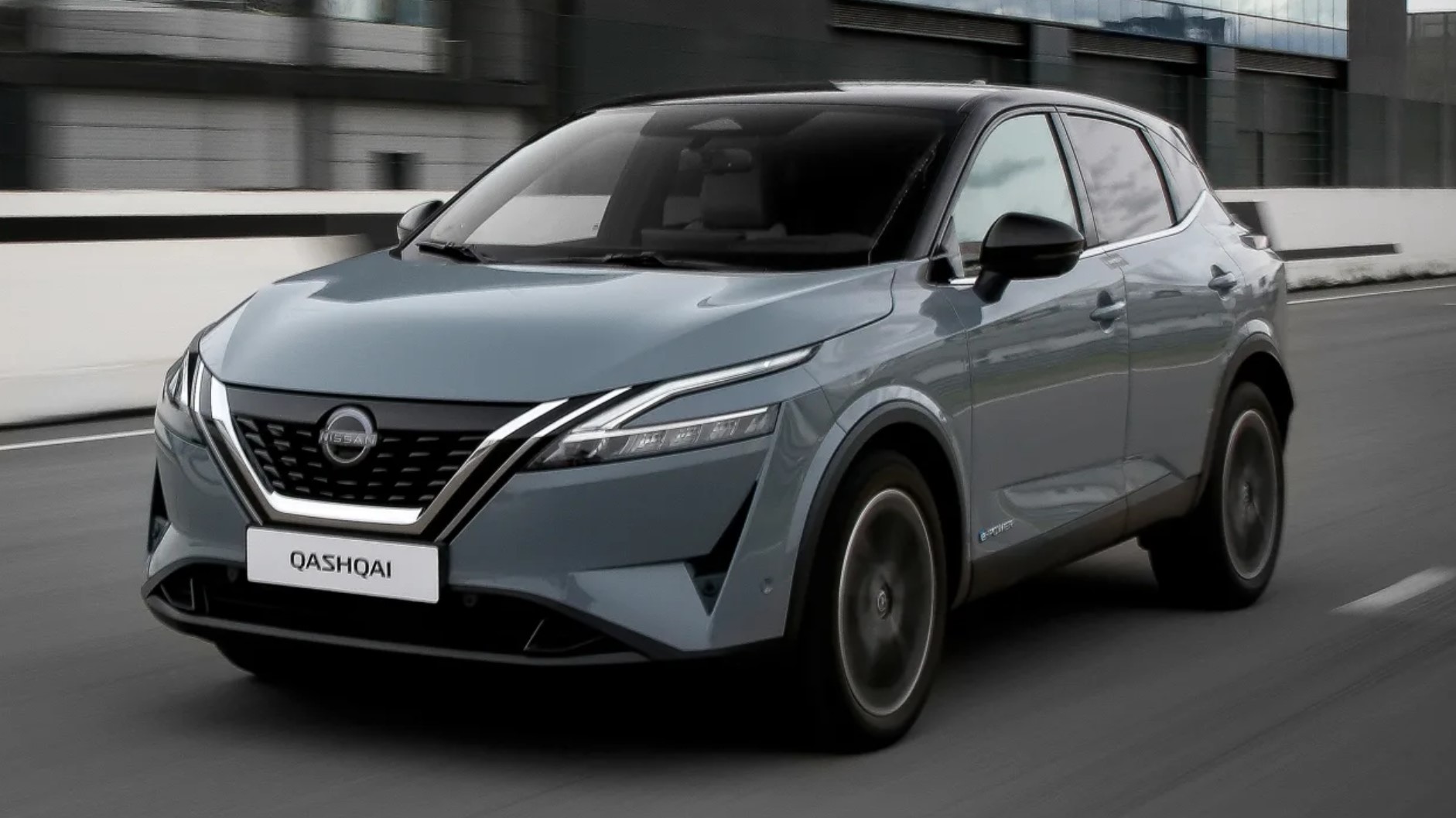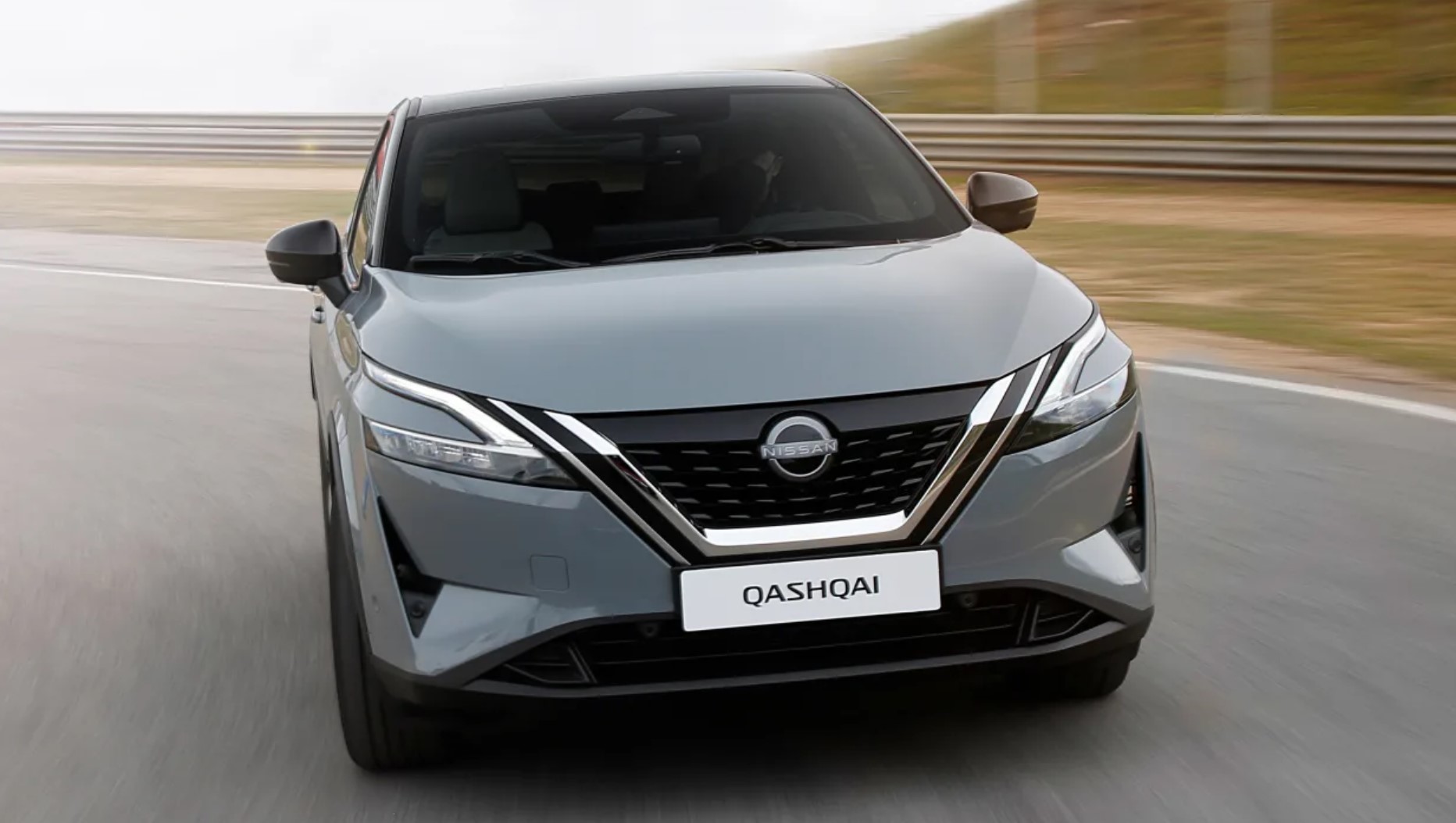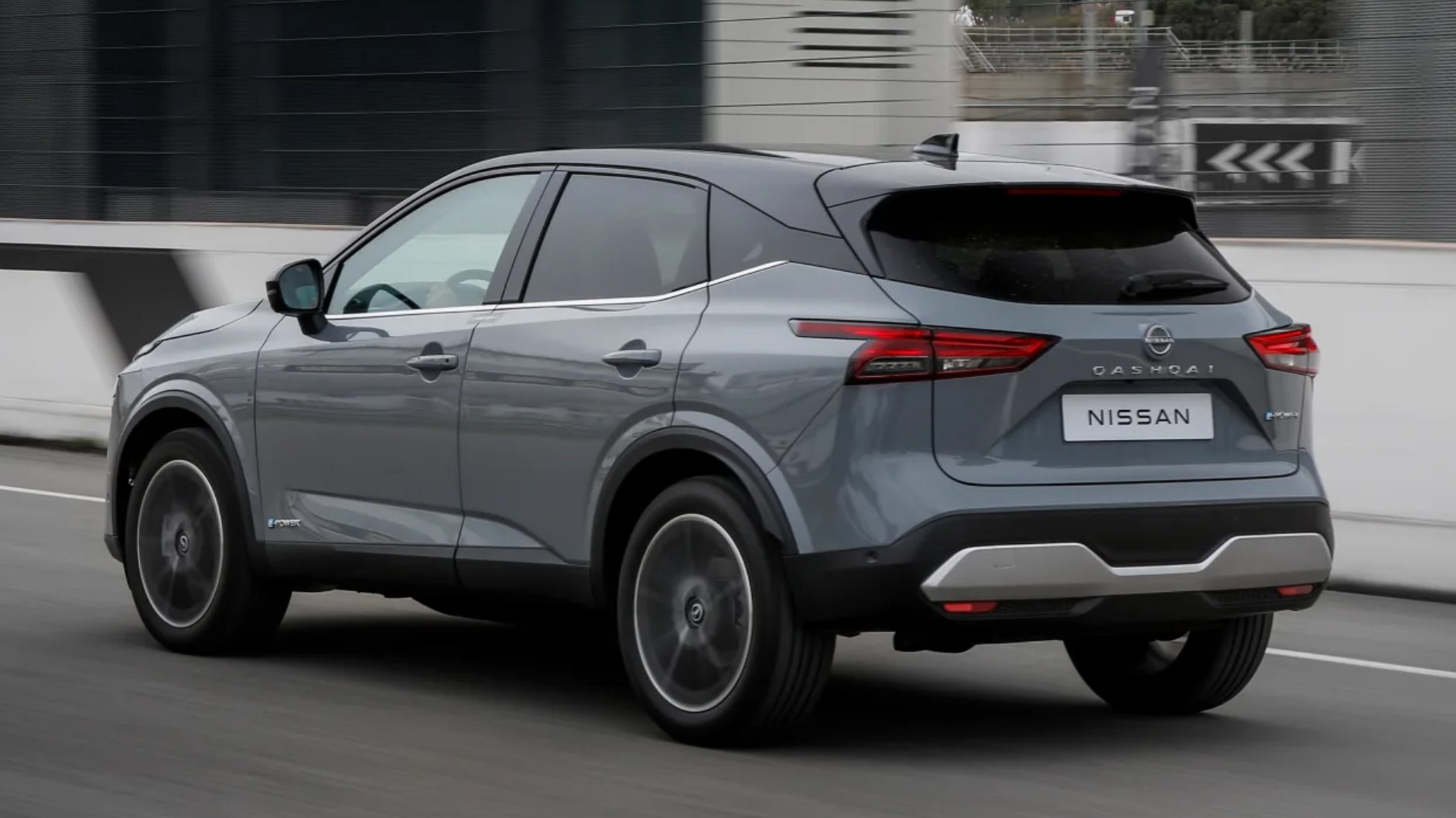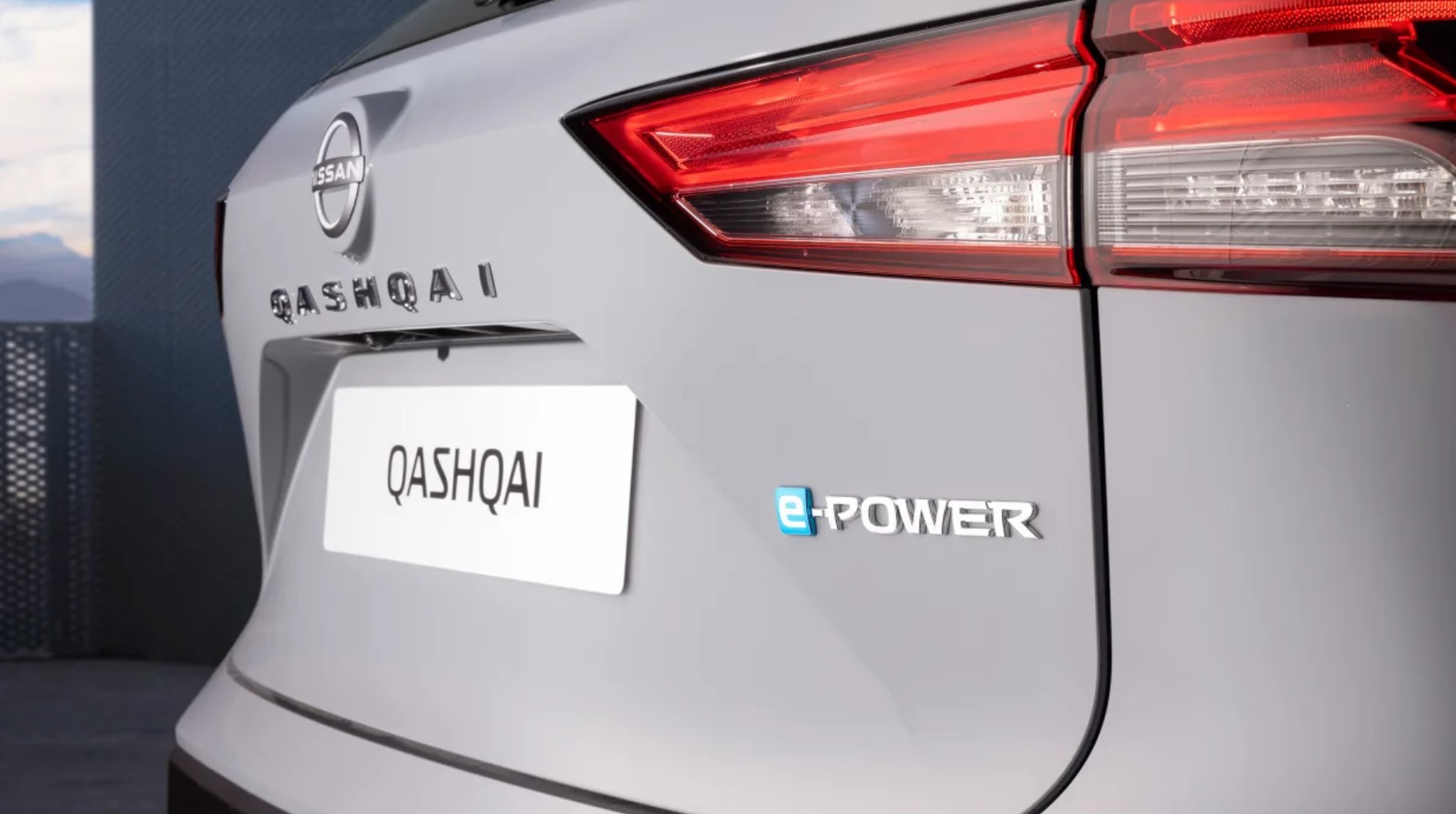We try out the new Nissan Qashqai hybrid e-Power ahead of its Australian arrival.
The glaring hybrid hole in the new Nissan Qashqai’s armoury is about to be fixed with the arrival of the Qashqai e-Power, and we’ve driven it.
“We do things differently”, Nissan Europe boss Guillaume Cartier told Automotive Daily – and that’s certainly the case here. The Qashqai e-Power is purely electric-powered, with its electric motor fed directly by an inverter and battery combination, the latter charged by a petrol engine when charge reaches to a critical state. “It’s an EV unplugged,” says Cartier.
The technology has been used with great success in Japan, the e-Power set-up being good enough to propel the humble Note to best-seller status. For countries like Australia, with greater needs for long-distance journeys, the size of the electric motor and the internal combustion engine has been increased. The motor now produces 140kW – up from 95kW – while a new 1.5-litre three-cylinder turbo petrol engine with a variable compression ratio is used as a generator.
Our drive of pre-production prototypes was restricted to a test track, but it gave us a good feel for what’s good about e-Power – and yes, it does feel very much like driving an EV, especially at low speeds.
The engine can be heard, especially when you accelerate hard as it provides power to the battery and motor. Although it uses a single-speed transmission, the engine starts to rev away in the same way as a car with a CVT auto box does – it’s an unnatural noise as we’re used to engine noise rising in conjunction with speed.
As with a CVT, though, it’s only a temporary thing – and many people listening to the radio may not even hear it. When you’re pottering around in town, there’s only the distant rumble of an internal combustion engine, but for some of the time – as with a hybrid – the engine will be completely silent and you’ll be on battery power only.
Also, like Nissan’s EV, you can use the e-Pedal system to slow the car down to a crawl, not a stop, for close to one-pedal driving, but not quite.
CO2 emissions from the e-Power model are just 119g/km, with a claimed average economy of 5.3L/100km – considerably better than any other Qashqai in the range, let alone an automatic one.
Other changes to the Qashqai e-Power include a new 12.3-inch infotainment screen inside with a new user interface, while a revised front grille features a solid black plastic bar to denote electrification and Nissan’s new logo.
There’s no word on prices yet, although we’d expect ‘a usual hybrid premium’, while first deliveries should hopefully reach Australia in late 2022, following the launch of the non-hybrid new Qashqai.
Steve Fowler








